|
My newest published article in Scientifica is now available for download online and on the Research Engineer website. The creation of the Statistical Power engine of Research Engineer led me to write the article. Click on the Download Article button below to download a .pdf directly from the website or click on the Statistical Power button to be taken to the aforementioned engine. Many thanks and regards to everyone that uses Research Engineer! -EH
1 Comment
Social media integrationThe social journey begins for Research Engineer
Hello everyone!
Please follow Research Engineer on Facebook and Twitter! New content is on the way! I am currently revising the manuscript for my dissertation on isomorphism. After six years of an uphill battle for isomorphism, it is finally accepted with revisions! Fingers crossed! I'm so excited about integrating social media into Research Engineer. My SEO friends and colleagues say it is time to get a YouTube channel and put this "mug" to work. Hahaha, get ready world! Thanks for the support, everyone! Dr. H Click on the buttons below to follow Research Engineer! Construct specifications help operationalize phenomenaConstruct specifications should be completed for all surveys
Coming from a social science background, I understand that social scientists can spend the vast majority of their time just trying to measure for the construct or behavior they are interested in. I spent a year of my life constructing a survey instrument to measure for the construct of isomorphism in clinical supervision. It is an exciting and yet daunting task to create something from nothing, and I commend social scientists that try to capture variance in human beings.
Surveys can be used to answer "unique" research questions. And by unique, things like isomorphism that exist at a very abstract or unconscious level are perceived in any number of ways to any number of people. Also remember, these types of "unique" constructs often exact a reaction of "cognitive dissonance" in your peers because they are "unknown," "different," or "weird." All of that being said, the VERY FIRST thing you should do when conducting a survey research study is create a construct specification related to the construct you are measuring for in the proposed survey. Remember, the survey should be written to represent just ONE construct. It is important to give an operational definition to the ONE construct. Define it in objective and measurable terms if at all possible, and use that definition as the basis for building subsequent components, content areas, and "factors." The construct specification serves as a springboard for showing how your construct exists or is theorized to exist in the context of the empirical literature. You are essentially making an argument, based on the literature in the area, that the construct can be, should be, or has not been properly assessed. Creating a construct specification also constitutes seeking out existing survey instruments that measure something theoretically, conceptually, or empirically linked to your construct of interest. Find the "gold standard" survey instruments with the most validity evidence and seek out permission for their use in your study (if needed). Explicitly describe the population of interest associated with your survey. What are the inclusion and exclusion criteria for being a potential participant in your survey study? How will you go about recruiting participants? Will you use incentives? How will you administer the survey? Will you be able to meet sample size requirements of 150-300 for a pilot study and 300-1,000 for a validation study? The next section of a construct specification operationalizes the content areas of your construct. Each content area should have an operational definition. Then, each component (or item) that makes up the content area should be defined and described in regards to its relevance to the construct. Lastly, give a citation from the empirical literature area to back up the argument for relevance. Do this for each component (or item) for each content area of the constuct. This can be a tedious process for more "abstract" constructs, but it is essential to provide an empirical framework/argument so that your audience can the proper frame of reference for perceiving the construct. The last section of the construct specification is the "Table of specifications" where you given numerical designations of the percentage of the survey allocated to each content area of the construct. The number of items and content areas and their coverage within the survey must be equivalent to the make-up of the second section of the construct specification. If your construct is theorized to be composed of three content areas and one of the content areas represents 60% of the literature, then that content area should represent 60% of the items in your survey. Going through this process is an excellent opportunity to become vested in the empirical literature and become an expert in the field. It is a time-consuming process to build a strong construct specification, but it provides a much higher quality end product. |
Archives
March 2016
AuthorEric Heidel, Ph.D. is Owner and Operator of Scalë, LLC. Categories
All
|


